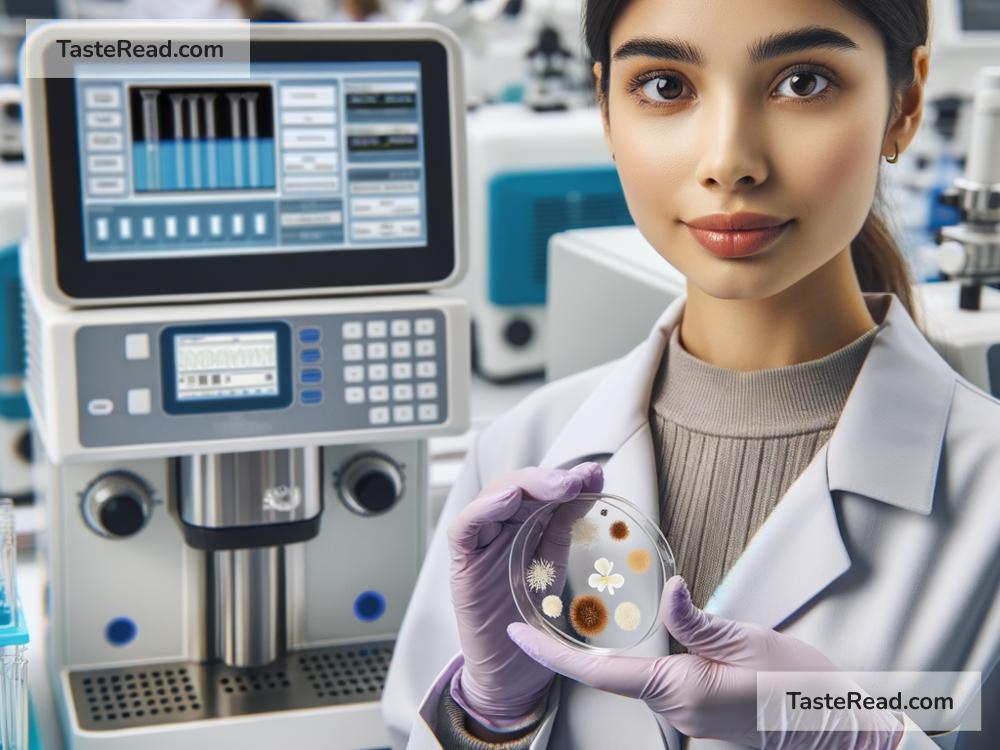The Science of Food Allergens: Detection and Management
Food allergies can turn something as simple as eating into a life-threatening event. While enjoying diverse foods is a joy for many, for some people, everyday ingredients like peanuts, milk, or eggs can trigger severe allergic reactions. But science is helping us better understand food allergens and find ways to detect and manage them effectively. Let’s explore the science of food allergies in simple terms, so you know what’s happening and how to stay safe.
What Are Food Allergies?
A food allergy is when your body’s immune system mistakenly sees certain foods as harmful. Normally, your immune system helps protect you by fighting off bacteria and viruses. However, in people with allergies, the immune system overreacts to proteins in certain foods. This causes allergic reactions, which can range from mild to severe.
Common symptoms include:
- Itchy eyes or skin
- Swelling, especially around the lips and face
- Trouble breathing
- Stomach pain or vomiting
- Severe reactions like anaphylaxis, which can be life-threatening
In the United States, around 32 million people have food allergies, and the numbers are rising worldwide. Eight foods account for about 90% of allergic reactions: peanuts, tree nuts, milk, eggs, wheat, soy, fish, and shellfish. However, people can be allergic to less common foods too.
The Science Behind Food Allergies
Food allergies are connected to the immune system. Specifically, it involves antibodies called Immunoglobulin E (IgE). When you eat a food you’re allergic to, your immune system produces IgE antibodies. These antibodies attach to specific proteins in the food and trigger the release of chemicals like histamine. Histamine creates the symptoms you experience, like itching, swelling, or difficulty breathing.
Why do some people develop food allergies while others don’t? Scientists are still researching this. While the exact cause isn’t known, factors like genetics, environment, and diet seem to play a role. For instance, if one or both of your parents have allergies, you’re more likely to develop them. Additionally, food allergies are more common in children, but some outgrow them as they age.
Detecting Food Allergies
Detecting food allergies requires careful testing. Sometimes, you might suspect you have an allergy because you experience symptoms after eating certain foods. However, it’s important to confirm the allergy with a medical diagnosis. Why? Because some reactions might not be allergies—they could be food intolerances or sensitivities, which are different.
Doctors use several methods to detect allergies:
1. Skin Prick Test
In this test, a doctor gently pricks your skin with tiny amounts of the food allergen. If you’re allergic, your skin will react with redness or swelling. It’s a quick way to screen for many allergens.
2. Blood Test
Blood tests measure IgE antibodies in your blood. If your IgE levels are high for a specific food, it’s likely that you’re allergic to it.
3. Oral Food Challenge
This test is only done under medical supervision. A doctor gives you small amounts of the suspected food allergen and monitors your reaction. It’s considered the most accurate test but carries risks, so it’s done carefully.
4. Elimination Diet
In this method, you stop eating the suspected food for a few weeks to see if your symptoms improve. Then, the food is slowly introduced back to your diet to check for reactions.
Managing Food Allergies
While food allergies can’t be cured, they can be managed. If you or someone in your family has a food allergy, here’s what you can do to stay safe:
1. Avoid Trigger Foods
The best way to manage food allergies is to avoid the foods you’re allergic to. This means carefully reading food labels and asking questions when eating out. Manufacturers are required to list common allergens like peanuts, milk, and eggs on food packaging.
2. Carry an Epinephrine Auto-Injector
For severe allergies, doctors often prescribe epinephrine auto-injectors like EpiPens. These devices deliver a life-saving dose of epinephrine during an anaphylactic reaction. Always carry one if you have severe allergies.
3. Communicate With Others
Let people around you—friends, family, teachers, or coworkers—know about your allergy. This ensures they’re aware and can help in case of an emergency.
4. Educate Yourself
Stay informed about the foods that contain hidden allergens. For instance, peanuts might be present in sauces or desserts, while eggs are often used in baked goods.
5. Monitor Symptoms
Keep track of your reactions and share this information with your doctor. Over time, this can help refine your management plan.
The Role of Science in Food Allergy Management
Scientists are constantly working on new ways to manage food allergies. For example, food allergy treatments like oral immunotherapy are showing promise. In this method, patients gradually consume tiny amounts of the allergen to help their immune system tolerate it over time. While still in development, these treatments might make life easier for people with severe allergies.
Researchers are also exploring genetic factors that cause allergies, developing better diagnostic tools, and improving food labeling regulations. Advances in technology allow food companies to test products more thoroughly, reducing the risk of accidental allergy exposure.
Conclusion
Food allergies may seem scary, but understanding the science behind them can help you manage them with confidence. Modern tools like allergy tests, epinephrine injectors, and careful food labeling make living with allergies much safer than it was in the past. While we don’t yet have a cure for food allergies, scientists, doctors, and food companies are working together to create a world where everyone can eat safely.
If you’re someone with a food allergy, remember that knowledge, preparation, and communication are your best allies. By taking the right precautions, you can enjoy life while staying safe and healthy. Science continues to move forward, and hopefully, future breakthroughs will make food allergies a thing of the past.


